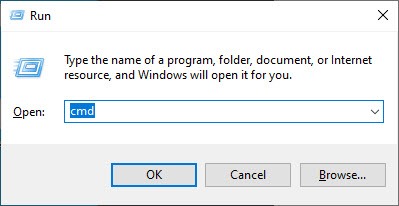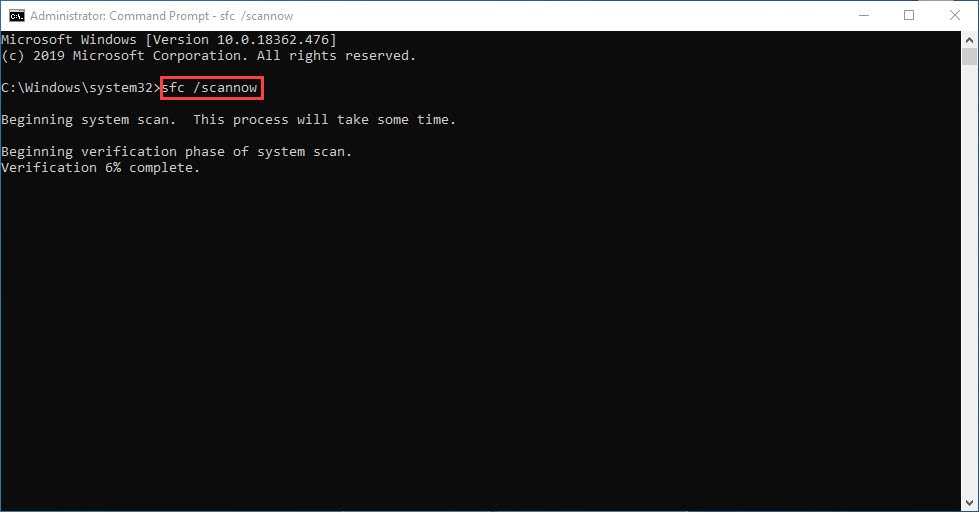
If you’re seeing the 0x800f0831 error when installing a Windows update, especially when you try to install a cumulative update, don’t worry, there are 2 quick and easy fixes. Follow them and get the 0x800f0831 error fixed in no time.
1. Manually download the update
A manual download of the Windows updates is actually quite easy to do, especially if you know some basic computer tech. So if you see errors with Windows updates, the first thing you should do is to find the installation file for these updates and then install them by yourself. To do so:
- On your keyboard, press the Windows key and the I key at the same time to open Settings, then select Windows Update.

- You then should see an update error message like this. Note down the name of the update patch, which starts with KB. In this screenshot, the name of the update patch is KB5016688.

- Go to Microsoft Update Catalog, and type in the name of the Windows update (KB5016688 in our case) that fails to install and hit Search.

- Find the correct download file for your computer and click the Download button. You should pay extra attention to the title and products, as they can tell you which file is for your computer.

- When the download is done, double-click the setup file to run the update installation.
- Restart your computer if asked.
If you’re not sure how to check your computer specs, you can refer to this post here for more detailed information: How to Check Your PC’s Specifications
If a manual install doesn’t fix the 0x800f0831 error for you, please move on to the next method.
2. Run SFC and DISM
If the manual installation doesn’t work to install the Windows update for you, there could be some corrupted or damaged system files in the way. Fortunately, there are two built-in tools that can help to identify and repair such bad system files. The whole process could take some time, and we suggest you don’t run any other programs when doing the tests. To run these tools:
2.1. Scan corrupt files with System File Checker
1) On your keyboard, press the Windows logo key and R at the same time. Type cmd and press Ctrl+Shift+Enter at the same time to run Command Prompt as administrator.

Click Yes when prompted for permission to make changes to your device.
2) In the Command Prompt window, copy and paste the following command and hit Enter.
sfc /scannow
3) System File Checker will then scan all system files and repair any corrupted or missing ones it detected. This may take 3-5 minutes.

4) After the scan, try the Windows update process again to see if the problem still persists. If so, move on to the next test:
2.2 Run dism.exe
1) On your keyboard, press the Windows logo key and R at the same time. Type cmd and press Ctrl+Shift+Enter to run Command Prompt as administrator.

Click Yes when prompted for permission to make changes to your device.
2) In the Command Prompt window, copy and paste the following commands and hit Enter after each line:
dism.exe /online /cleanup-image /scanhealth
dism.exe /online /cleanup-image /restorehealth
2) When the process finishes:
- If the DISM tool gives you errors, you can always try this command line. This will take up to 2 hours.
dism /online /cleanup-image /startcomponentcleanup
- If you get Error: 0x800F081F, reboot your computer, then open Command Prompt as administrator again (step 1) and run this command line instead:
Dism.exe /Online /Cleanup-Image /AnalyzeComponentStore
When these tests are done, run your Windows update again to see if the update is downloaded and installed correctly.
If you have other suggestions regarding the 0x800f0831 error with the Windows update, please feel free to leave a comment below.





